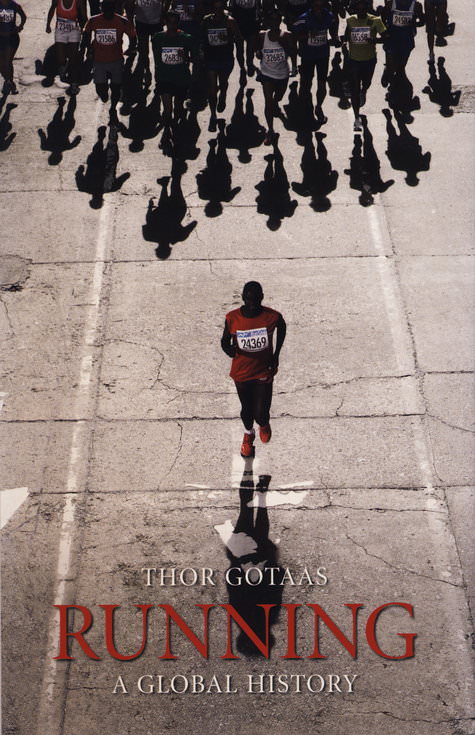
Running: A Global Historyby Thor GotaasReaktion Books, London, 2009. 383pp. 15 illustrations Writing a global history of running is a huge undertaking. Few have attempted such a daunting project—only Edward Sears’ Running Through the Ages comes to mind. And Thor Gotaas is realistic. “It is of course impossible to write a complete version of the world history of running.” Nevertheless, he has tried to “create the broadest picture possible.” To do this, he has used material in many different languages. His nine pages of closely printed references attest to the breadth and thoroughness of his research. In 32 chapters he succeeds in providing a fine history of running from early man to the Greek, Roman and Inca cultures to the beginning of the 21st century. Gotaas admits that this book “bears the impress of being written by a European who sees the world from Scandinavia.” But I believe that readers around the world--it has already been translated into many languages--will not find this a drawback.
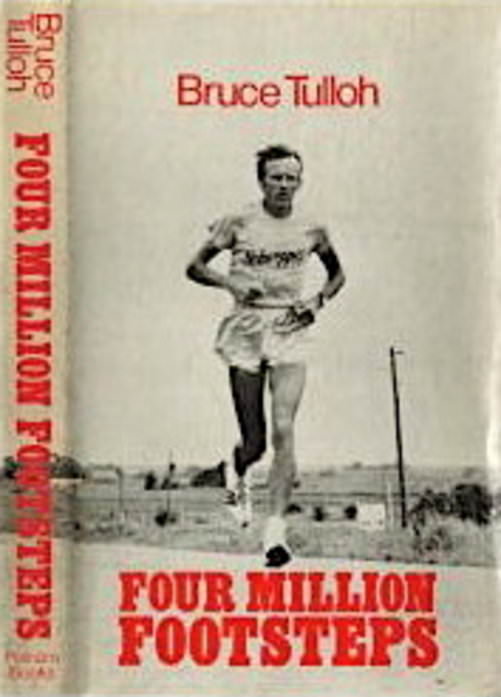
BRUCE TULLOH, FOUR MILLION FOOTSTEPSPelham Books, 1970. 178pp. By November 1967, the 32-year-old Bruce Tulloh had reached the end of a prestigious track career. Among his many achievements were a 4:00 mile and the 1962 European 5,000 title. One day he discovered there was a running record for crossing the USA: “The thought struck me immediately that this would be a good record to go for.” Don Shepherd’s 1964 record of 73 days and 8 hours seemed beatable to him, and he started to plan. He would turn professional to fund the attempt with sponsorship and advertising. He researched thoroughly, even talking to Pete Gavuzzi, who had run in the famous 1928 race across the States. The snag with this wonderful book is that it’s hard to find. I managed to get my copy through inter-library loan; the nearest Canadian copy was 3,000 miles away. Four Million Footsteps is a well-written book full of interesting social and athletic detail. It recounts one of the greatest ultramarathon achievements by a non-specialist. Bruce Tulloh, a world-class track runner, ran across the USA from Los Angeles to New York in 64 days, 21 hours and 50 minutes. In running the 2876 miles, he averaged 44 miles per day and beat Don Shepherd’s previous record by an incredible 8 1/2 days. (See Thor Gotaas, Running: A Global History, “Race Across America” for a good account of the original race in 1928.)
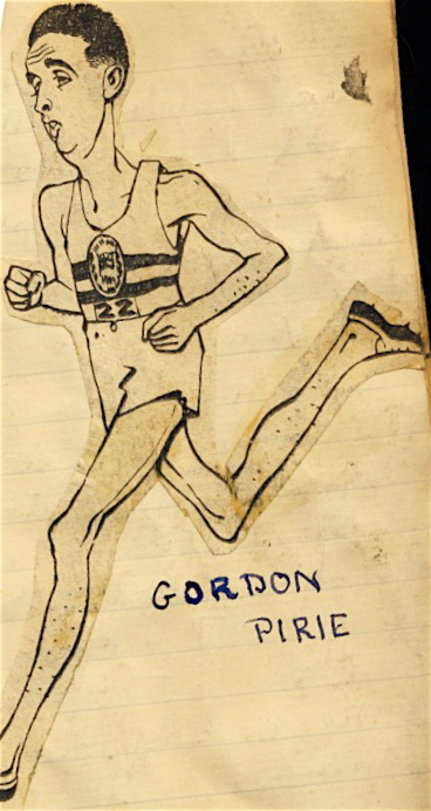
The Impossible Hero: A Life of Gordon PirieBy Dick BoothLondon: Corsica Press, 1999 286pp Gordon Pirie and I crossed paths four times—though I’d have to say that his path was a huge airport runway to my narrow footpath. Before I ever saw him, he appeared several times in my 1952-1954 sports scrapbook (See right). I’m not sure when I first saw him run, but it may well have been the 1960 London-Brighton Relay: we were both on the cover of Athletics Weekly with me, alas, on a bicycle following the race. From my vantage point behind him, I was struck with the intensity of his running as he tried unsuccessfully to outrun Bruce Tulloh.
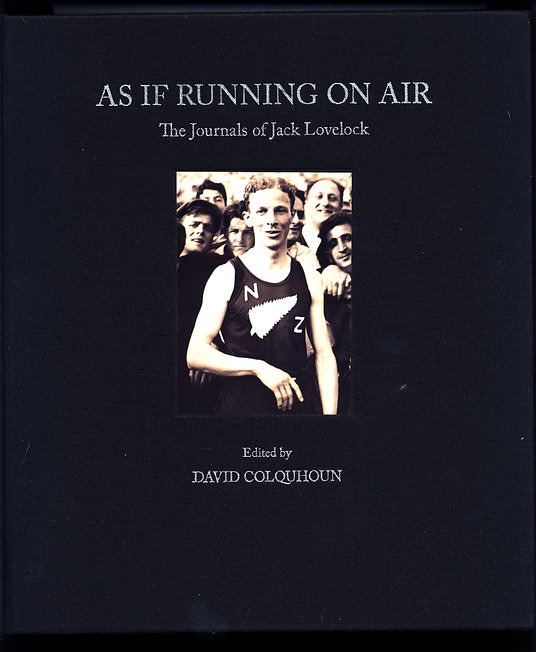
AS IF RUNNING ON AIR: THE JOURNALS OF JACK LOVELOCKEdited by David ColquhounCraig Potton Publishing, Nelson, New Zealand, 2008 $49.99NZ This superbly produced 282-page large-format book must rank as one of the most finely produced books on running. David Colquhoun, Curator of Manuscripts at New Zealand’s Alexander Turnbull Library, describes Lovelock’s journals in his fine Introduction: “An entry appears for every race. Some are brief—little more than notes. Others are eloquent and reflective. All show an intense commitment.” (9) As a photo in the book shows, these “journals” were actually four diaries of daily entries and 23 scrapbook albums, of which 13 contain his races from 1931 to 1935. Although Lovelock’s journals have not been published before, they have been used by, among others, Norman Harris in his biography The Legend of Lovelock and James McNeish in his novel based on Lovelock’s life, Lovelock.New Zealand runner Jack Lovelock is most famous for his brilliant 1,500 victory in the 1936 Berlin Olympics. He left his homeland at 21 to attend Oxford University in England. In the next five years, while qualifying as a doctor, he set world records at 1,500 and One Mile and won many important races. He didn’t race often, but when he did, he was always thoroughly prepared. The care and intelligence with which he developed his running ability are evident in the journals he kept throughout his career. It is indeed fortunate that these have not only been preserved but have now been published some 70 years later under the title As If Running on Air.
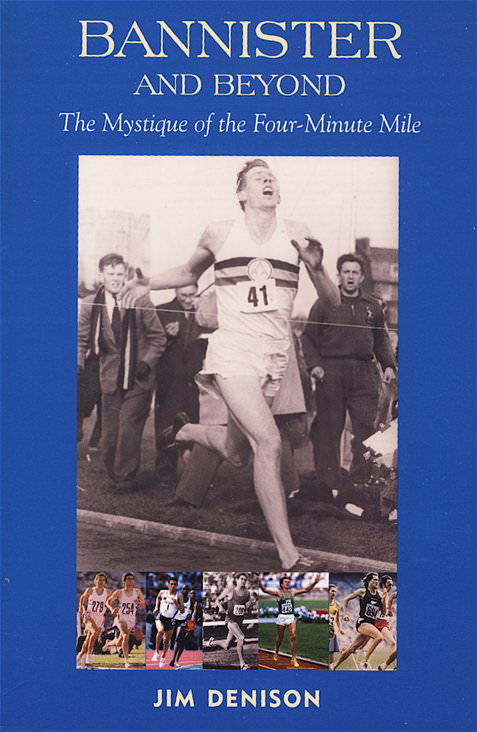
Bannister and Beyond: The Mystique of the Four-Minute Mileby Jim DenisonBreakaway Books, New York, 2008 256pp Jim Denison, Associate Professor at the University of Alberta, finds it “a strange omission of history” that “few records or statements exist besides Bannister’s own literary account of 1955 of how it actually feels to break four minutes for the first time.” In this book, he aims to redress this omission by interviewing 21 four-minute milers. As well as getting detailed accounts of their first sub-four, he asks them to describe the “meaningfulness and significance of breaking four minutes.”
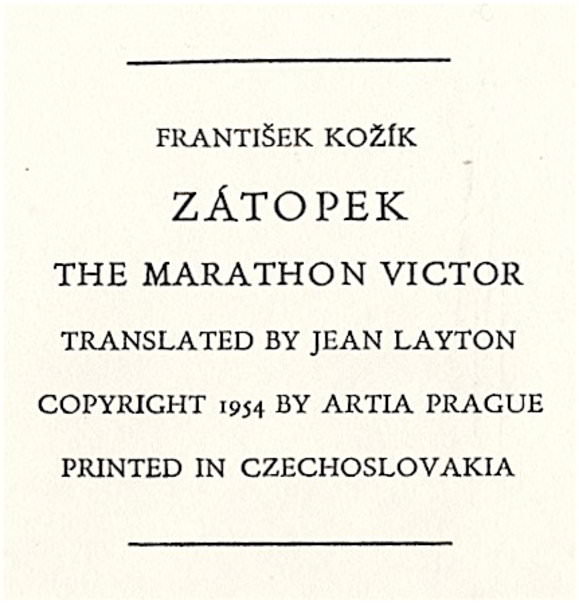
Three Books on Emil Zatopek
13th January 2012
Three Books on Emil Zatopek Frantisek Kozik. Zatopek the Marathon Victor. A Reportage on the World’s Greatest Long-Distance Runner. Prague: Artia, 1954. 215pp. Frantisek Kozik was a Czech writer with strong literary credentials. He was already established as a biographer when he wrote Zatopek the Marathon Victor. It covers Zatopek’s career up to 1954 in detail and manages to get to the essence of this great runner. Kozik uses his dramatic experience as a writer of radio plays to build up the excitement of Zatopek’s many great races. Here is the end of the London Olympic 5,000, where Zatopek is trying to catch Belgian Reiff: “[Reiff] tried once more to increase his speed, but his will was not as strong as Zatopek’s. He had used up all his reserves, his body was exhausted, his stride was unsteady. He glanced around once more, and the distance had diminished. Emil had achieved a terrifying self-conquest, and his body, which no longer felt the terrible pain, was at this moment driven forward by willpower. Reiff could see the tape. A victory for his country, for Belgium, was within his reach…but behind him the swift spanking step of his irresistible opponent. He could hear Zatopek’s breathing getting nearer.” A little over the top, yes. There was no way he could have heard Zatopek’s breathing above the roar of 60,000 spectators. But Kozik manages to draw the reader into the drama of the great Czech’s major races.
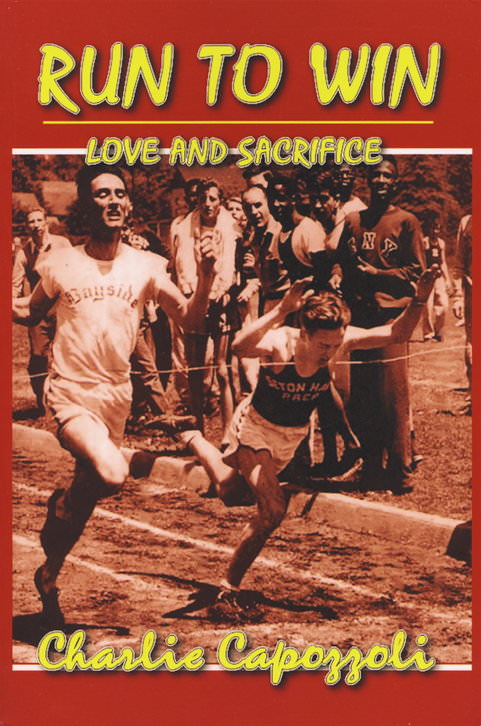
Run to Win by Charlie Capozzoli This autobiography is a wonderful historical document. It tells the story of a young American, the son of Italian immigrants, who became a top schoolboy runner in the late 1940’s and then an Olympian at the age of 21 in 1952. “Vanity may be a reason for writing this,” Charlie Capozzoli writes in the introduction. “However, the main purpose is for my children, their spouses, and their children (our grandchildren) to have something to look back on.” And the book does provide some family history as well as conveying a strong religious (Catholic) faith. Still, this book will not just be valuable for the Capozzoli family; it will also be an invaluable resource for anyone interested in the American running world from 1945 to 1953. I thus highly recommend it to visitors to this website.
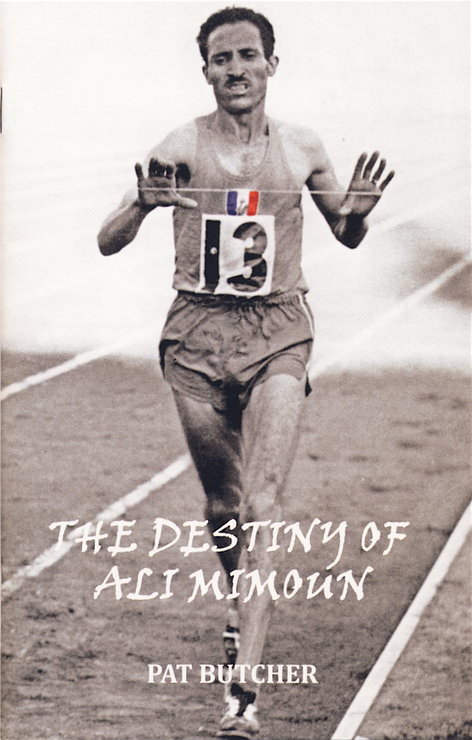
The Destiny of Ali Mimoun by Pat Butcher Algerian-born Alain Mimoun was voted “French Athlete of the 20th Century” by the magazine Athlétisme. As a distance runner he won one gold and three silvers in the 1948, 1952 and 1956 Olympics. His name would be better known internationally today if it hadn’t been for the amazing Emil Zatopek, who three times beat Mimoun for an Olympic title. Still, Mimoun’s story is definitely worth telling. The surprise is that it has been done by an English writer.